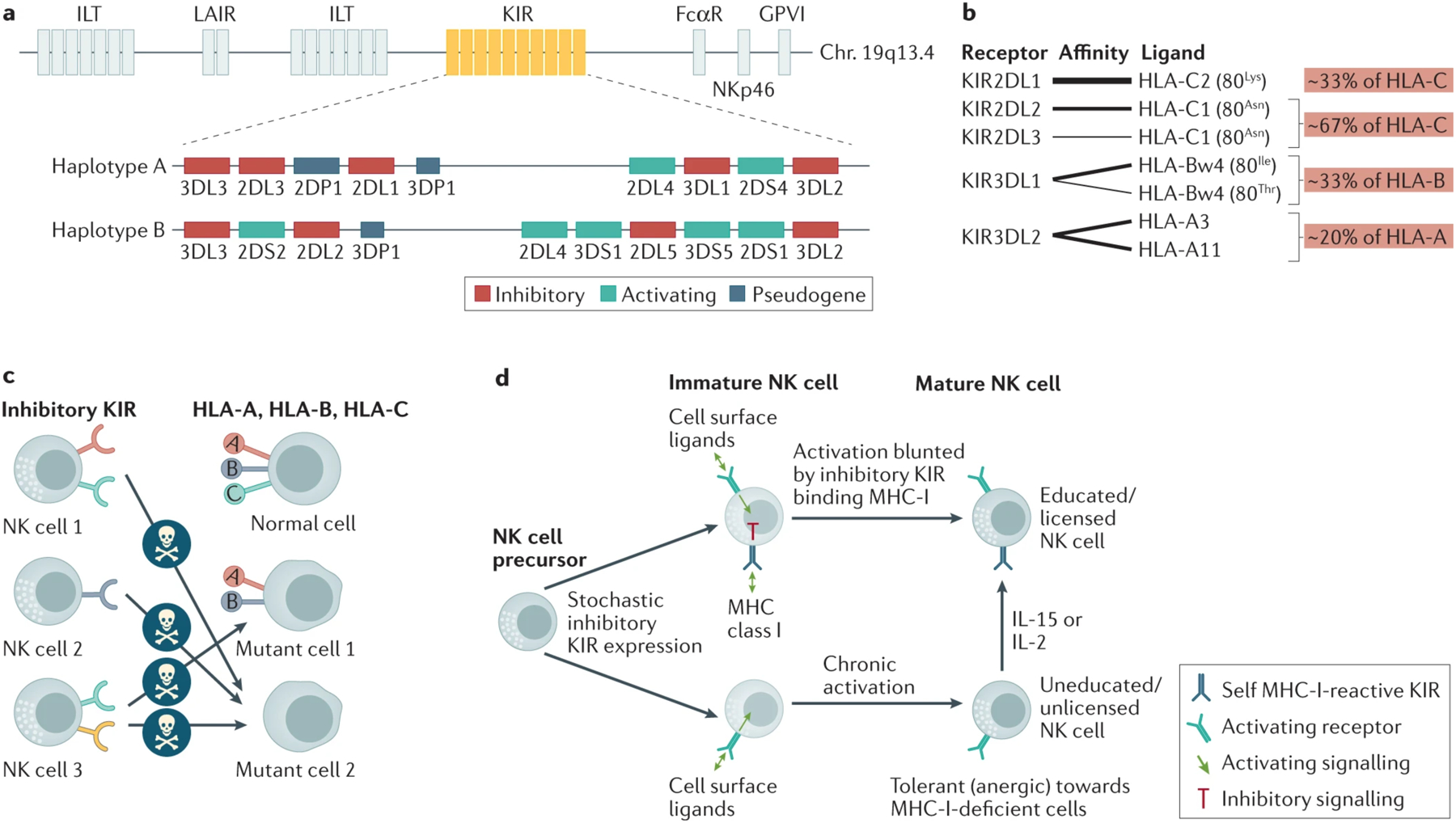Figure 1. Killer Cell Ig-like Receptors (KIRs) provide diversity, tolerance, and education to human NK cells.

a. Humans inherit different numbers and combinations (haplotypes) of the 14 available killer cell inhibitory receptor (KIR) genes, with only two examples shown. The KIR genes are inherited in close proximity in a locus on chromosome 19. Haplotype A contains combinations of mostly inhibitory KIRs and only two activating KIRs (usually KIR2DL4 and KIR2DS4), while haplotype B contains more activating KIRs. b. Different inhibitory KIRs recognize subsets of the available alleles of the class I human leukocyte antigen complex (HLA). Relative receptor-ligand affinities are represented by thickness of the interlinking lines. Class I HLA subgroups are indicated with their general frequency in the human population. HLA-C alleles can be divided into C1 and C2 subgroups according to either asparagine or lysine at position 80, respectively, and HLA-B alleles can be divided into Bw4 or Bw6 subgroups. c. KIRs are expressed on NK cells in a variegated manner, forming a repertoire that can be tolerized and educated by interaction of at least one KIR with the endogenous ‘self’ class I HLA. A subset of NK cell clones could recognize a cell that has lost only one class I HLA allele (mutant cell #1), whereas if an abnormal cell loses all class I HLA (mutant cell #2), it has lost ligands for all KIR and is susceptible to all NK cells. d. KIR-mediated education during NK cell development. KIRs are stochastically expressed on individual NK cell clones during development. If a KIR recognizes ‘self’ class I HLA (top), it inhibits activation signaling and promotes maturation to a fully competent NK cell (educated), but if no KIR is expressed that recognizes ‘self’ class I HLA, chronic activation signaling results in an hyporesponsive NK cell (uneducated; bottom). Exposure to IL-15 or IL-2 can stimulate an uneducated NK cell into a competent, educated state. Figure 1B has been adapted with permission from REF.252 and figure 1D has been adapted with permission from REF.2.
